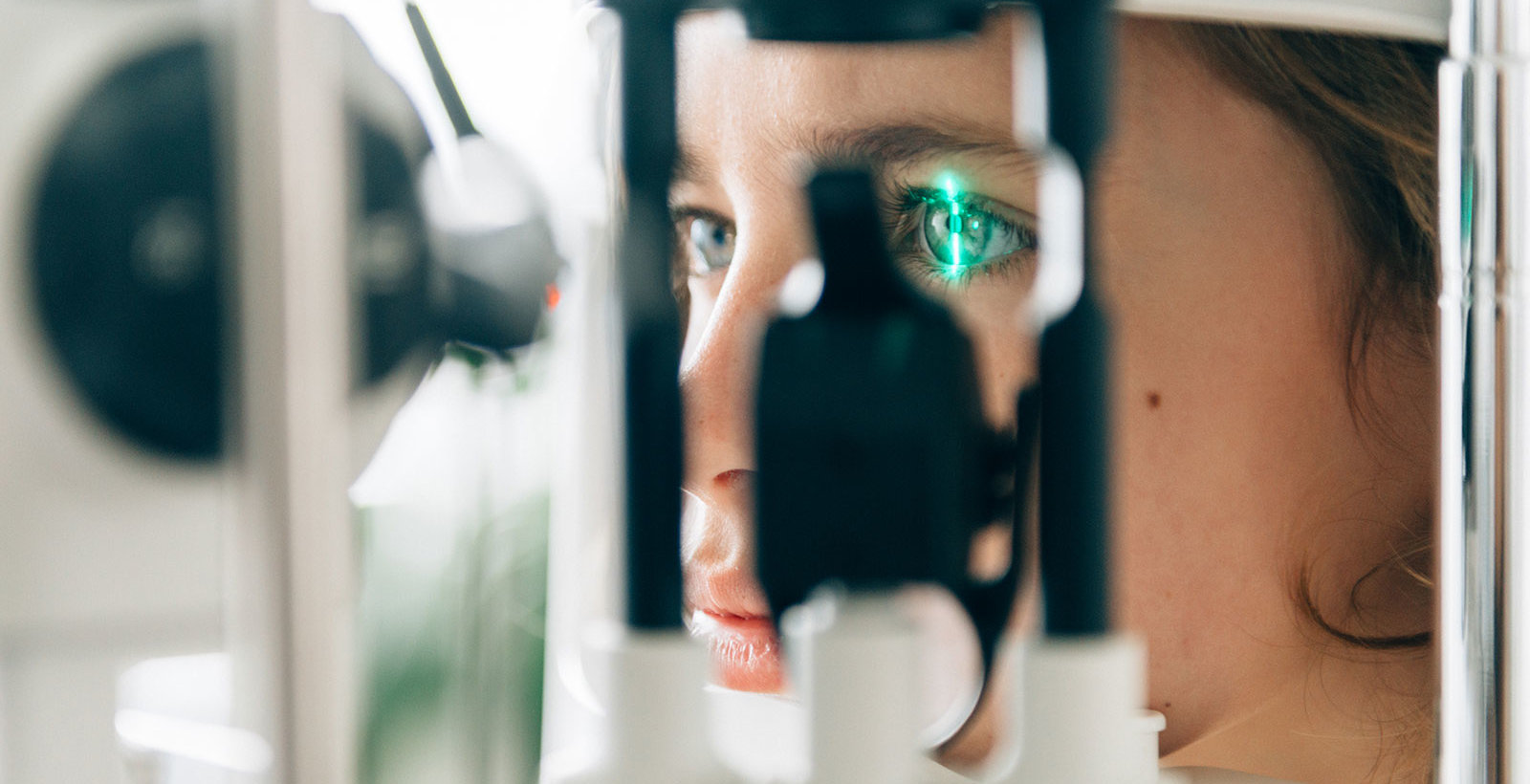Retinitis Pigmentosa (RP) is the leading cause of hereditary blindness in developed countries, with a prevalence of about 1.5 million people throughout the world. In Europe and the United States, about 350,000 to 400,000 patients suffer from RP, and every year between 15,000 and 20,000 new patients become affected by vision loss due to RP. There is currently no cure for RP, and it is considered a rare and orphan disease in the United States and Europe.
RP actually represents a group of related genetic eye disorders that clinically manifest in both non-syndromic forms involving isolated visual disability, as well as syndromic forms involving other organs or tissues (such as Usher Disease or Bardet-Biedl syndrome, which manifests both in the retina and in the cochlea of the ear). The mutations that cause RP are heterogeneous and include recessive, dominant, and X-linked forms of more than 60 genes affecting a variety of cell functions. Syndromic forms of RP are equally heterogeneous.
RP is characterized by progressive vision loss. Initially, rod photoreceptors degenerate, causing the loss of peripheral vision. This is then followed by degeneration of cone photoreceptors, which results in the loss of central vision. The first symptom of RP is usually difficulty with night vision, which can occur as early as childhood. The disease progresses over a period of years or even decades, and ultimately leads to blindness. Some patients become blind as early as age 30; the majority of patients become legally blind before the age of 60.
The following image illustrates the deterioration of normal vision to blindness in RP:

